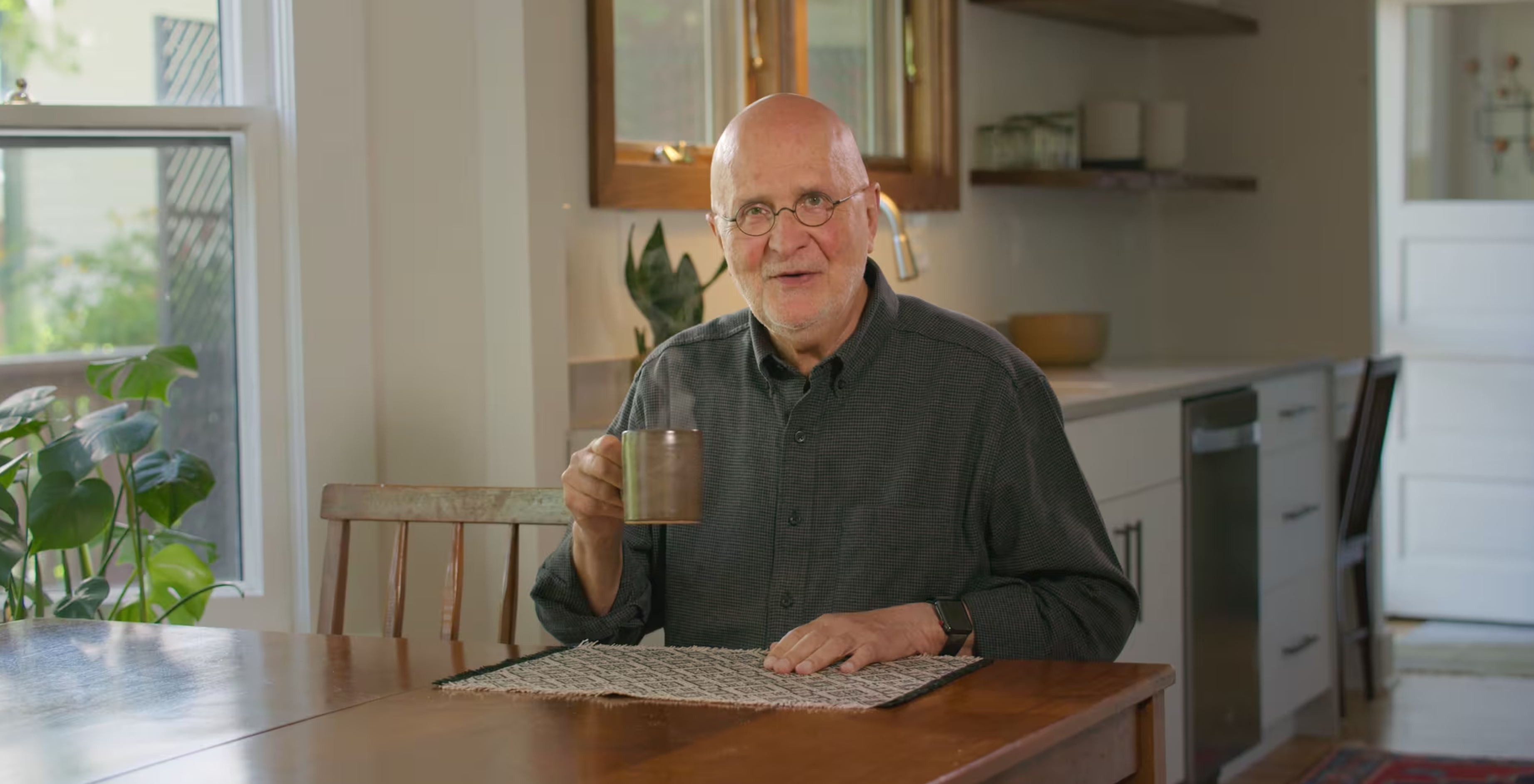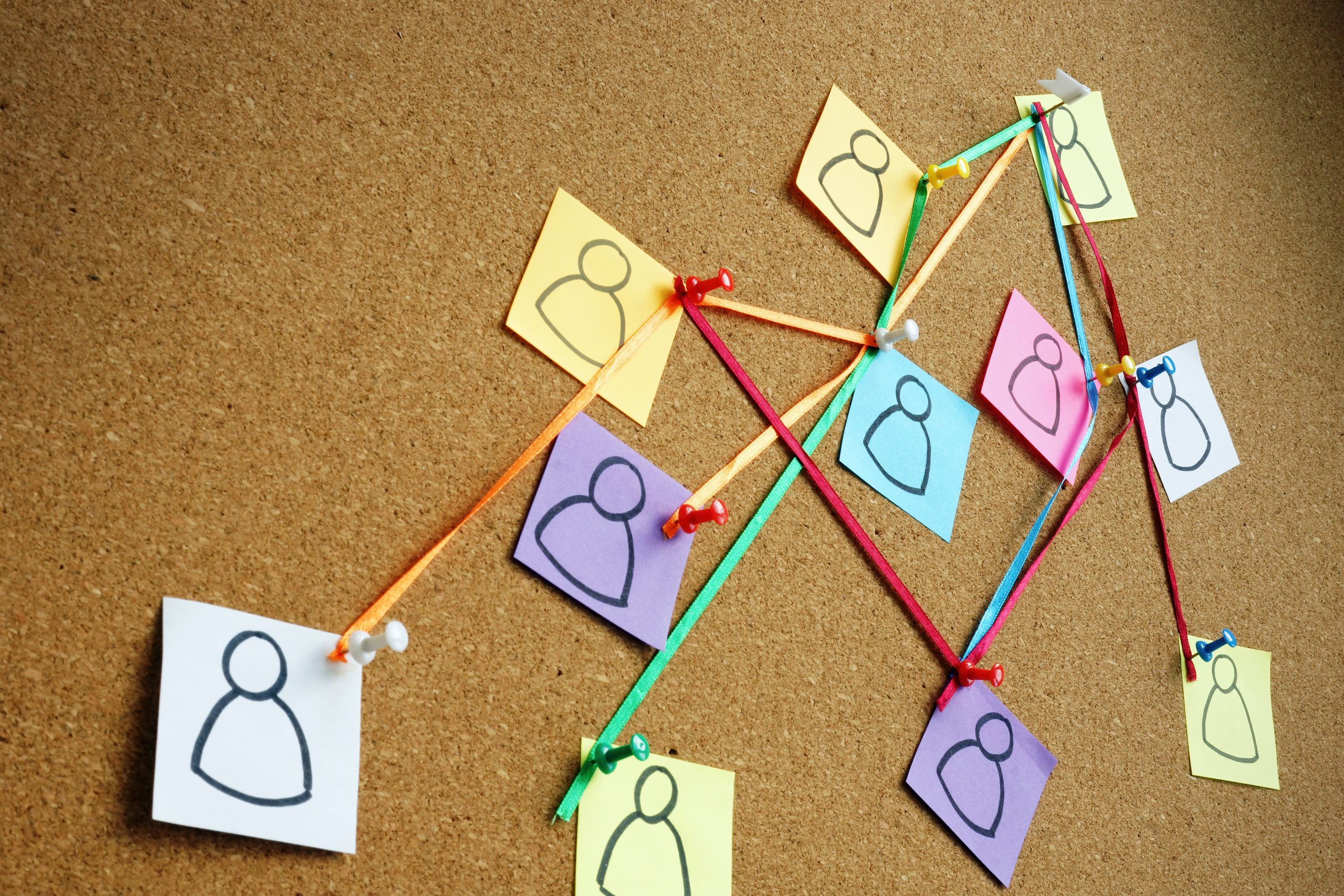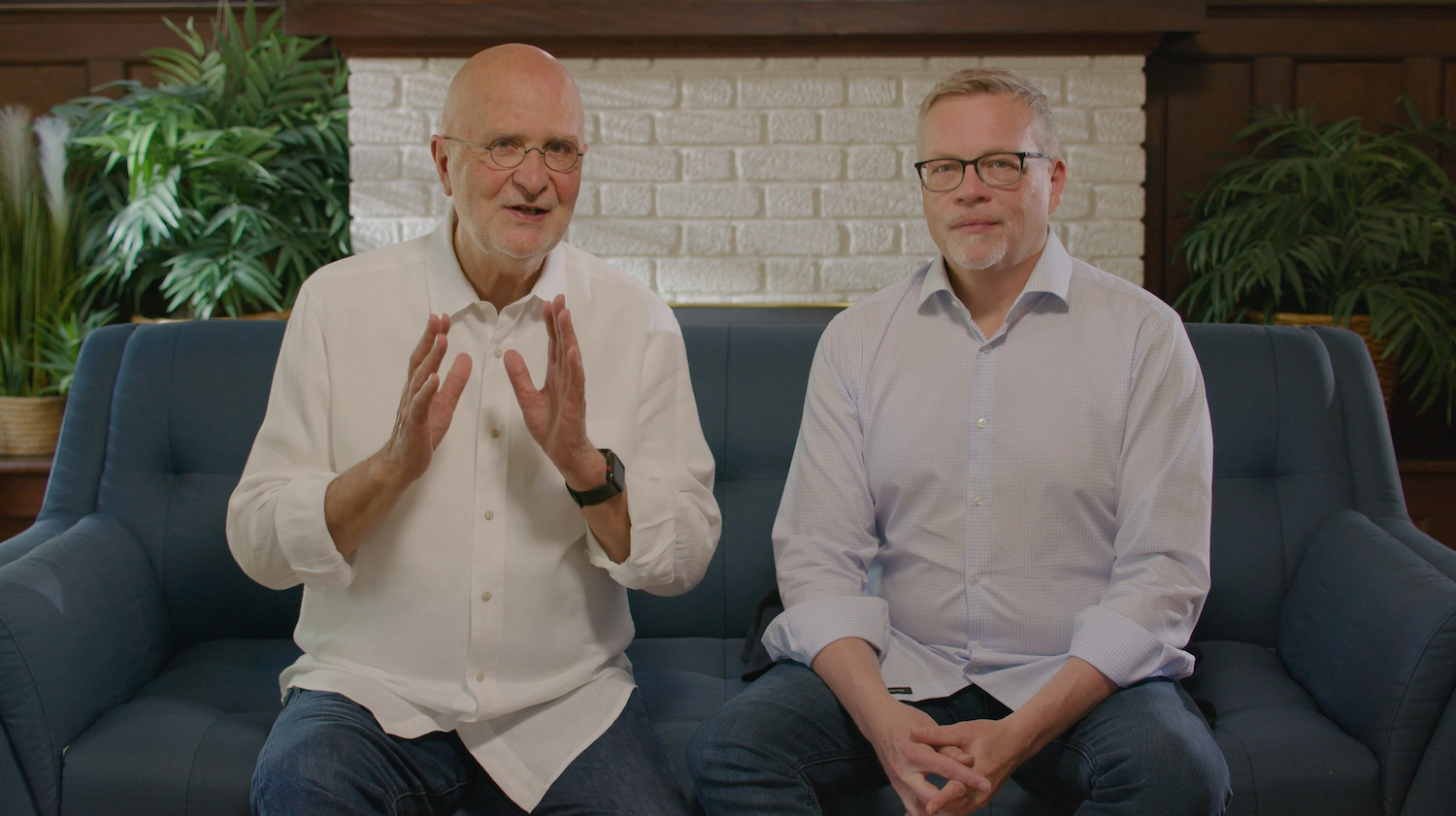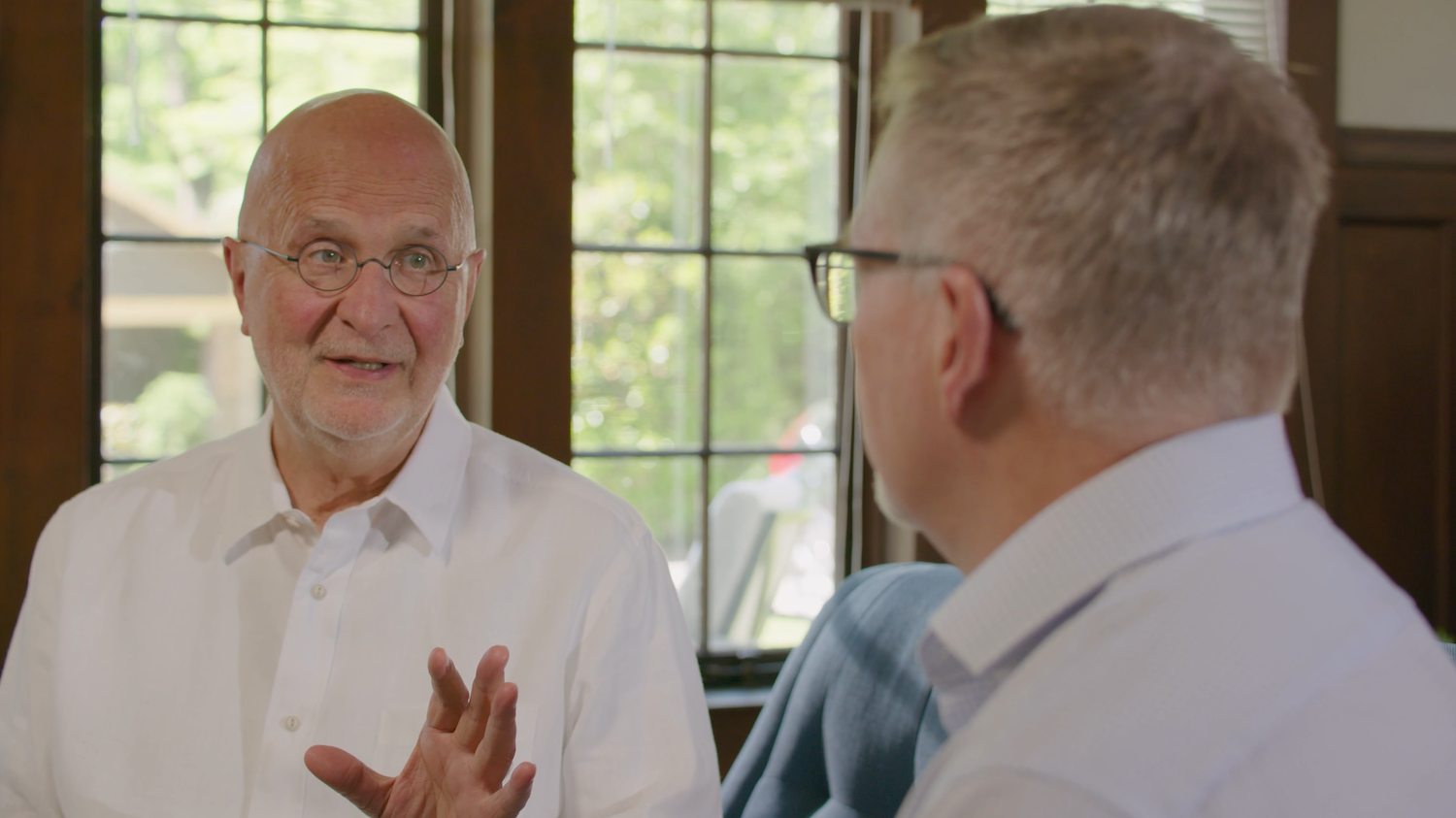The structure of a non-profit has everything to do with whether the organization is running effectively and efficiently, and whether the donor is experiencing the best the organization can offer. When every function of the organization is aligned in support of the donor journey, with clear lines of communication and collaboration between departments, you’ll see greater fundraising success.
In this Q&A, Veritus Group Founder Richard Perry shares what it means to align your organization’s structure to the donor journey. Click below to watch the video, or you can also read the transcript below.
If you know your organization needs to restructure its operations to better support your fundraising efforts, we’re here to partner with you on that. You can learn more about our Strategic Planning & Organizational Development services here.
Read the full transcript below:
Richard Perry: Hi, I’m Richard Perry, Founder of Veritus Group. One of the major blocks to a non-profit’s quest to be successful is a dysfunctional and inefficient organization structure. You’ve probably experienced that.
For example, a structure where Finance owns everything that goes to donors once they’ve given (in other words, the donor services function). Or the event that is organized by Public Relations without consulting with the donor team. Or the Direct Marketing manager who tells the major gift team how they should manage their major gift efforts. Or major gifts doesn’t move donors back to direct mail, even though the donor isn’t interested in a one-to-one relationship with the organization. I could go on and on with so many more examples. But you know what I’m talking about.
The structure of a non-profit, how it’s organized, has everything to do with whether the organization is running effectively and efficiently or not. So what is the proper structure for a non-profit? Well, first, it’s important to settle in on what the key elements of that structure should be. In my experience, you need Program. Then Resource Acquisition, which is fundraising and earned revenue, then brand maintenance and enhancement, which is made up of Marketing and Communications, PR and events. Then Operations, which is the HR and the operation side and IT, and then Finance.
In the Resource Acquisition area specifically, it breaks down into these major areas: Direct Marketing, which is acquisition and cultivation; Relationship Fundraising, which is mid, major, and planned gifts; and then Earned Revenue, which are ticket sales, memberships, like the YMCA for their fitness programs, etc. Of course, there are a lot of details to all of this. But here’s my main point.
Take a look at how you’re organized and ask yourself if it’s: A) supporting the donor journey, and B) structured to let collaboration thrive, and C) developed so that everyone clearly knows their role and purpose. If you don’t do it this way, you’re going to be stuck in a cycle of adversarial relationships, departmental silos, and unclear responsibilities, where the wrong people are managing functions they’re just not equipped to manage. And all of this leads to a dysfunctional organization where donors aren’t cared for, and the staff don’t stay. Take steps to make this right.
And we’d love to journey with you on this. In fact, I’m working with one non-profit right now to restructure their organization and how they fund each department. If you know you need guidance on this, click the link below to learn more. Take care.
If you’re interested in learning more our Strategic Planning & Organizational Development consulting services, a great place to start is with our Free Donor Assessment. There is no obligation to work with us, and this report will give you all the selling points you need to advocate for shifting your organization’s fundraising approach. Fill out the form here to begin the process.







0 Comments